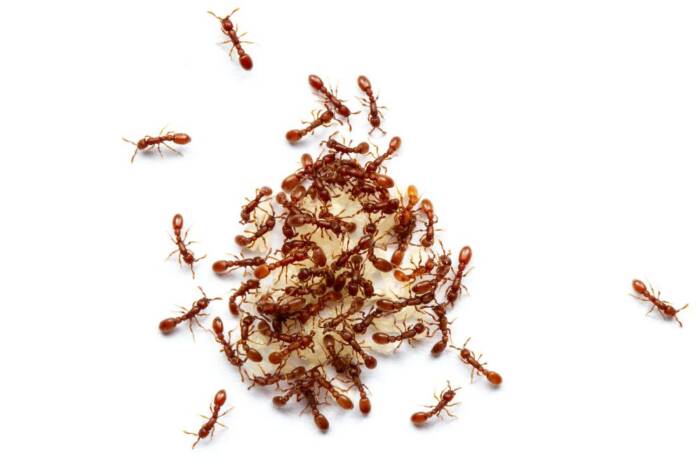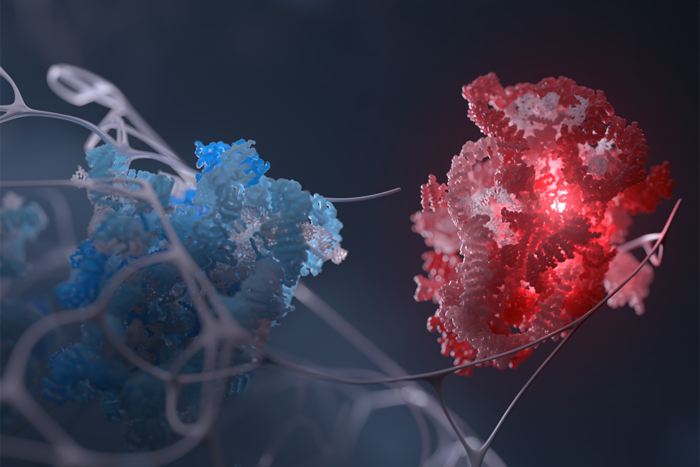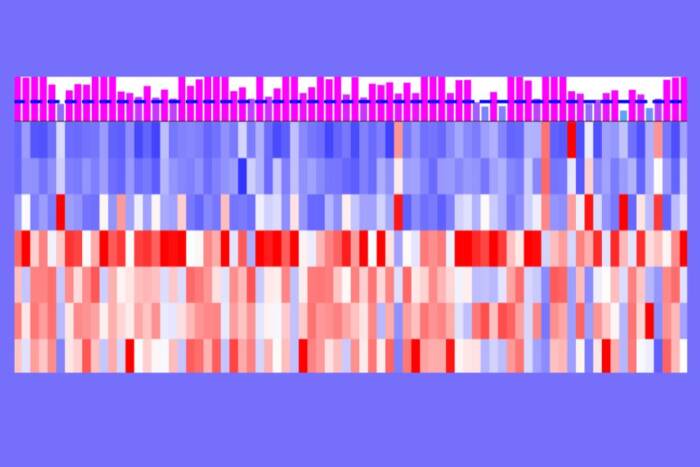Andrew James Schile
B.S., Harvey Mudd College
Regulation of Apoptosis by XIAP Ubiquitin Ligase Activity
presented by Hermann Steller
Andy’s exceptional as a student in a number of ways, highly courageous, very independent, and very determined, and he came to my lab to investigate the regulation of programmed cell death in the mouse. All our cells have the ability to self-destruct when they are no longer needed by activating an intrinsic cell suicide program. And obviously the proper regulation of this program, termed apoptosis, is very important for normal development and tissue homeostasis and it plays a critical role in a variety of diseases. For example, if you have too little apoptosis, you are predisposed to have cancer and if there is too much cell death, it’s associated with a wide variety of diseases including neurodegenerative diseases.
Now a major unresolved question in the field still is how it is exactly that cells make the decision between life and death and how they can at the spur of a moment activate that cell suicide program. This is particularly fascinating in the sense that all the components that are needed to carry out the cell suicide are expressed in our cells at all times, so very powerful inhibitory mechanisms must exist to make sure that this process is not inappropriately started. Now this is a question that Andy addressed in his thesis research, and particularly he investigated the mechanism by which a death-inhibitory protein, termed an inhibitor of apoptosis protein, or IAP, is used to regulate cell death. For this purpose, Andy generated mouse mutants that lacked either the entire gene or specific domains of it and examined the physiological role that this gene plays in the cell death of the mouse and in a tumor model. What Andy found and, actually for the first time showed in this way, was the physiological role of one particular IAP called X-linked IAP, or XIAP, in the mouse and that this is directly regulating the key executioners of cell death, the caspases, and that its need is to limit the productivity of these killer proteases. Importantly, when you inactivate XIAP, it actually protects mice against the emergence of tumors in tumor model and is particularly used to study this in lymphoma model. This is very relevant for all the efforts that are currently under way that target IAPs in kinds of therapy. IAPs are commonly overexpressed in human cancer and they’ve become very attractive drug targets in designing new cancer therapeutics, and the mice that Andy’s generated are really critical in leading and guiding clinical trials for this new class of cancer therapeutics.
Moreover, the work that Andy’s conducted has really radically changed the view of exactly how IAPs keep the caspases, the key killer proteases, off because he has shown that these IAPs act to attach a small protein called ubiquitin to the caspase and that is directly inhibiting caspases. So this work, which was really quite groundbreaking, was published last year in Genes & Development and since Andy graduated last year, he went on to the Jackson Laboratories, where he continues to reverse-engineer mice, and I’m sure he’ll have a very bright future ahead.



